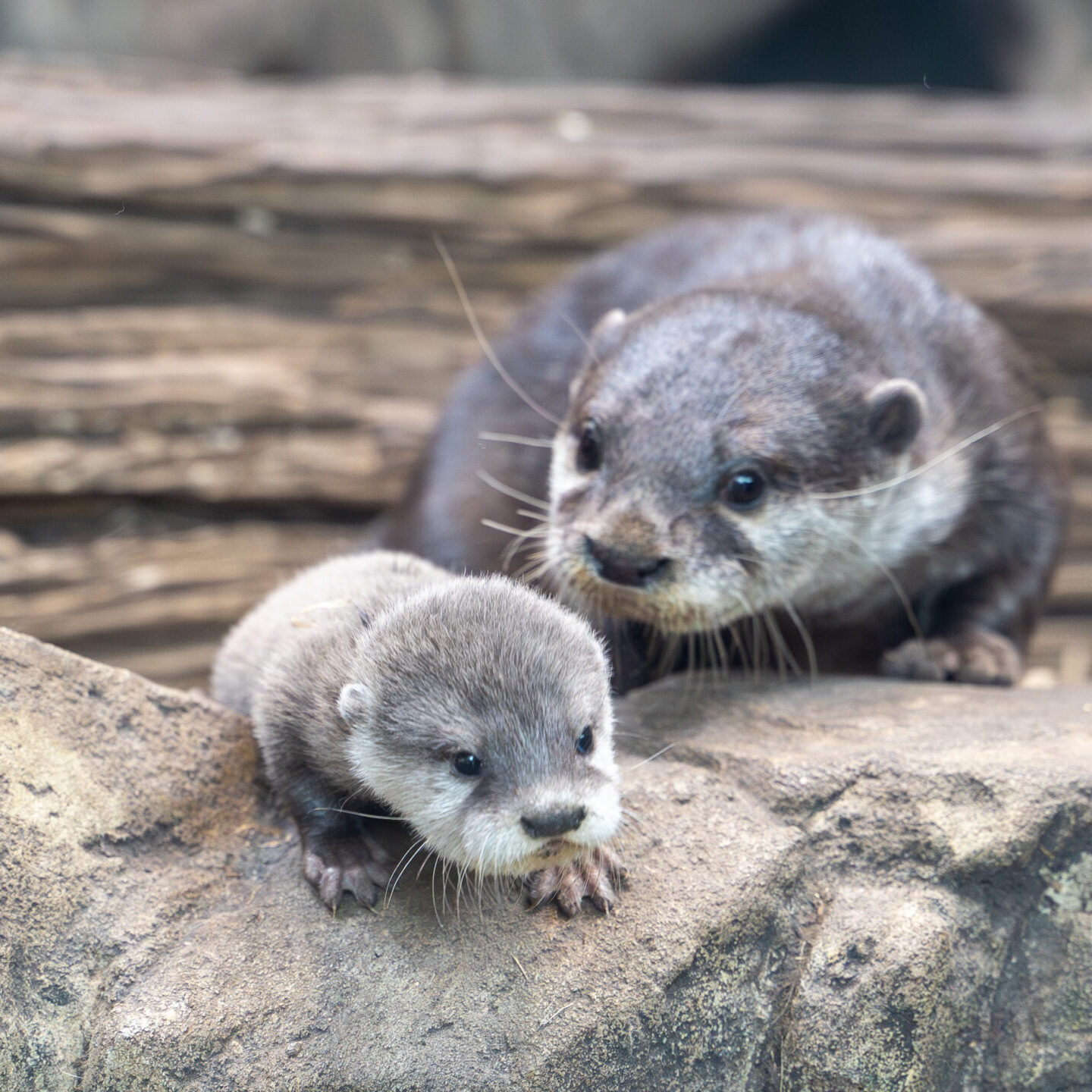
Baby Otters: The Enchanting Denizens of Aquatic Realms
In the realm of wildlife, few creatures evoke such an irresistible charm as baby otters. These adorable bundles of fur, with their playful antics and endearing personalities, have captivated hearts worldwide. From their birth in secluded dens to their playful frolics in the water, baby otters embody the essence of innocence and wonder.
Birth and Early Development
Baby otters, known as pups, are born in underground dens or sheltered burrows. The gestation period varies depending on the species, ranging from 60 to 80 days. Typically, a litter consists of two to four pups, although some species may give birth to as many as six.
At birth, pups are blind and helpless, weighing a mere 100-200 grams. Their bodies are covered in a thick, velvety fur that provides insulation and buoyancy. The mother otter, known as a dam, nurses her pups for several weeks, providing them with essential nutrients and antibodies.
Physical Characteristics
Baby otters are characterized by their distinctive physical features. Their heads are broad and rounded, with large, expressive eyes and a short, blunt snout. Their bodies are long and slender, with short legs and webbed feet. The fur of pups is typically a rich brown or black, providing camouflage in their aquatic habitats.
As they grow, pups gradually develop their adult characteristics. Their eyes open within a few weeks, and they begin to explore their surroundings. Their teeth erupt at around six weeks of age, allowing them to transition from milk to solid food.
Behavior and Play
Baby otters are renowned for their playful and energetic nature. They spend countless hours engaging in a variety of games and activities. One of their favorite pastimes is sliding down muddy banks or snow-covered slopes, a behavior known as "otter tobogganing."
Pups also enjoy chasing each other, wrestling, and engaging in mock fights. These playful interactions help them develop their social skills and physical coordination. As they mature, they become increasingly independent and begin to explore their surroundings more extensively.
Vocalizations
Baby otters communicate with each other and their mother through a variety of vocalizations. They produce high-pitched chirps and whistles to attract attention or express excitement. When they are distressed or separated from their mother, they emit a distinctive distress call that can be heard from a distance.
Diet and Feeding
In the wild, baby otters primarily feed on their mother’s milk. As they grow older, they gradually transition to a diet of fish, amphibians, insects, and small mammals. Otters are skilled hunters, using their sharp teeth and webbed feet to capture prey.
Social Structure
Baby otters are born into a family unit that consists of their mother and siblings. The dam plays a crucial role in raising and protecting her pups. She teaches them essential survival skills, such as hunting, swimming, and avoiding predators.
As pups mature, they begin to form bonds with other otters in their family group. They play together, share food, and groom each other. Otters are highly social animals, and they often live in large, extended families.
Threats and Conservation
Baby otters face a number of threats in the wild, including habitat loss, pollution, and hunting. Deforestation and urbanization have destroyed many of their natural habitats, forcing them to seek refuge in smaller and more fragmented areas.
Pollution, particularly from oil spills and agricultural runoff, can contaminate their food sources and harm their health. Hunting for their fur and meat has also contributed to the decline of otter populations in some regions.
Conservation efforts are underway to protect baby otters and their habitats. These efforts include habitat restoration, pollution control, and anti-poaching measures. By raising awareness about the importance of otters and their role in the ecosystem, we can help ensure their survival for generations to come.
Conclusion
Baby otters are a captivating and enchanting part of the natural world. Their playful antics, endearing personalities, and unique physical characteristics have made them beloved by people around the globe. By understanding their biology, behavior, and threats, we can appreciate their importance and contribute to their conservation. As we protect these adorable creatures, we not only safeguard their future but also preserve the delicate balance of our aquatic ecosystems.
